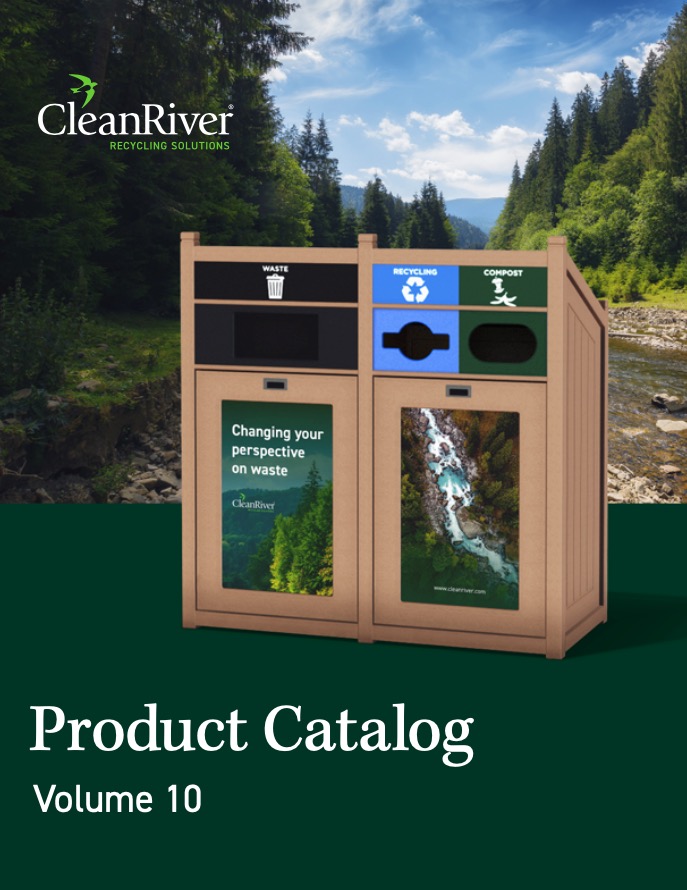In high-traffic venues such as stadiums, arenas, amusement parks, and convention centers, waste management is a significant challenge. These venues host thousands of visitors daily, generating massive amounts of waste that need to be managed efficiently.
Implementing effective recycling programs in such environments is not only crucial for environmental sustainability but also for enhancing the venue’s reputation and operational efficiency.
In this blog post, we will explore strategies for maximizing waste diversion rates in high-traffic venues, addressing common challenges, and showcasing successful case studies.
The Importance of Waste Diversion in High-Traffic Venues
High-traffic venues have a unique responsibility due to the sheer volume of waste produced. Effective waste diversion, which involves separating recyclable materials from non-recyclable waste, offers several key benefits:- Environmental Impact: By diverting waste from landfills, venues can significantly reduce their environmental footprint. This includes lowering greenhouse gas emissions and conserving natural resources.
- Cost Savings: Effective waste diversion can reduce disposal costs and generate revenue from recyclable materials.
- Compliance: Many regions have regulations mandating waste reduction and recycling. High-traffic venues must comply with these regulations to avoid fines and legal issues.
- Public Perception: Demonstrating a commitment to sustainability can enhance a venue’s reputation, attracting eco-conscious visitors and partners.
Challenges in Implementing Recycling Programs
While the benefits are clear, high-traffic venues face several challenges in implementing effective recycling programs:- Volume and Variety of Waste: These venues produce a wide range of waste types, from food and beverage containers to promotional materials and merchandise packaging.
- Visitor Behaviour: Encouraging visitors to participate in recycling efforts can be challenging, especially when they are focused on enjoying the event.
- Infrastructure Requirements: Adequate recycling infrastructure, including bins and collection systems, is essential but can require significant investment.
- Operational Complexity: Managing waste efficiently in a dynamic, high-traffic environment requires meticulous planning and coordination.
Strategies for Maximizing Waste Diversion Rates
To overcome these challenges and maximize waste diversion rates, high-traffic venues can implement the following strategies:1. Conduct a Waste Audit
A comprehensive waste audit is the first step toward developing an effective recycling program. This involves analyzing the types and quantities of waste generated, identifying recyclable materials, and assessing current waste management practices. The audit provides a baseline for measuring progress and helps identify areas for improvement.2. Design User-Friendly Recycling Stations
Recycling stations should be strategically placed and easy to use. Here are some best practices:- Placement: Position recycling bins in high-traffic areas, such as entrances, food courts, and restrooms, where waste generation is highest.
- Signage: Use clear, eye-catching signage with graphics to indicate what can be recycled. This reduces confusion and encourages proper disposal.
- Accessibility: Ensure that recycling bins are as accessible as trash bins to make it easy for visitors to recycle.
3. Educate and Engage Visitors
Visitor education is crucial for the success of recycling programs. Venues can employ several tactics to educate and engage visitors:- Pre-Event Communication: Use social media, email newsletters, and event websites to inform visitors about recycling efforts before they arrive.
- On-Site Announcements: Make announcements during events to remind visitors about recycling and the location of recycling stations.
- Interactive Displays: Install interactive displays or kiosks that educate visitors about the importance of recycling and how to do it correctly.
4. Train Staff and Volunteers
Staff and volunteers play a critical role in waste management. Providing them with proper training ensures that they can effectively manage waste and assist visitors:- Training Programs: Conduct regular training sessions on waste management practices and the importance of recycling.
- Role Models: Encourage staff and volunteers to lead by example, demonstrating proper recycling behaviours to visitors.
5. Collaborate with Waste Management Partners
Partnering with waste management companies and recyclers can enhance the efficiency of your recycling program:- Consulting Services: Work with consultants to design and implement waste diversion strategies tailored to your venue’s needs.
- Recycling Services: Engage recycling companies that can provide collection, sorting, and processing services for recyclable materials.
- Performance Monitoring: Collaborate with partners to track recycling rates and identify areas for improvement.
6. Implement Advanced Waste Sorting Technology
Advanced technology can streamline the waste sorting process, making it more efficient and accurate:- Automated Sorting Systems: Use automated sorting systems that can quickly and accurately separate recyclable materials from waste.
- Smart Bins: Invest in smart bins equipped with sensors that monitor waste levels and alert staff when they need to be emptied.
- Increased Recycling Rate: The arena achieved a 60% increase in recycling rates within the first year.
- Cost Savings: Reduced disposal costs and revenue from recyclable materials contributed to significant cost savings.
- Enhanced Reputation: The arena’s commitment to sustainability attracted positive media coverage and increased visitor satisfaction.
